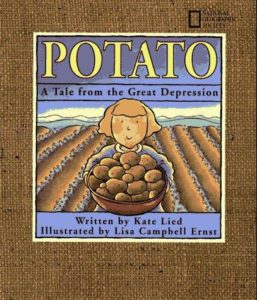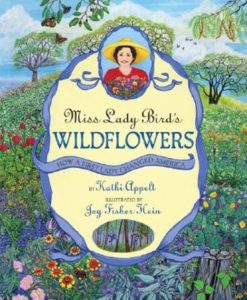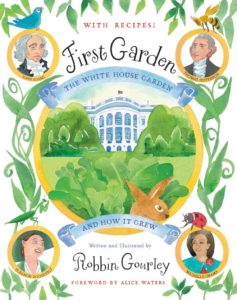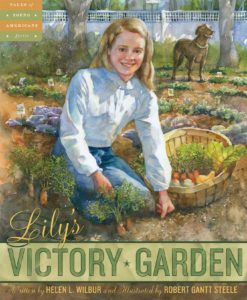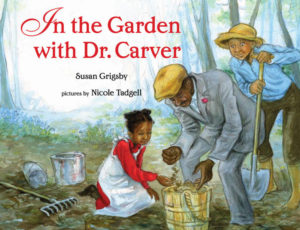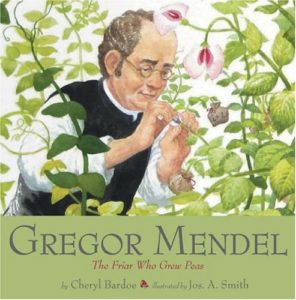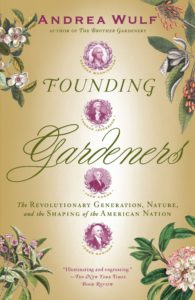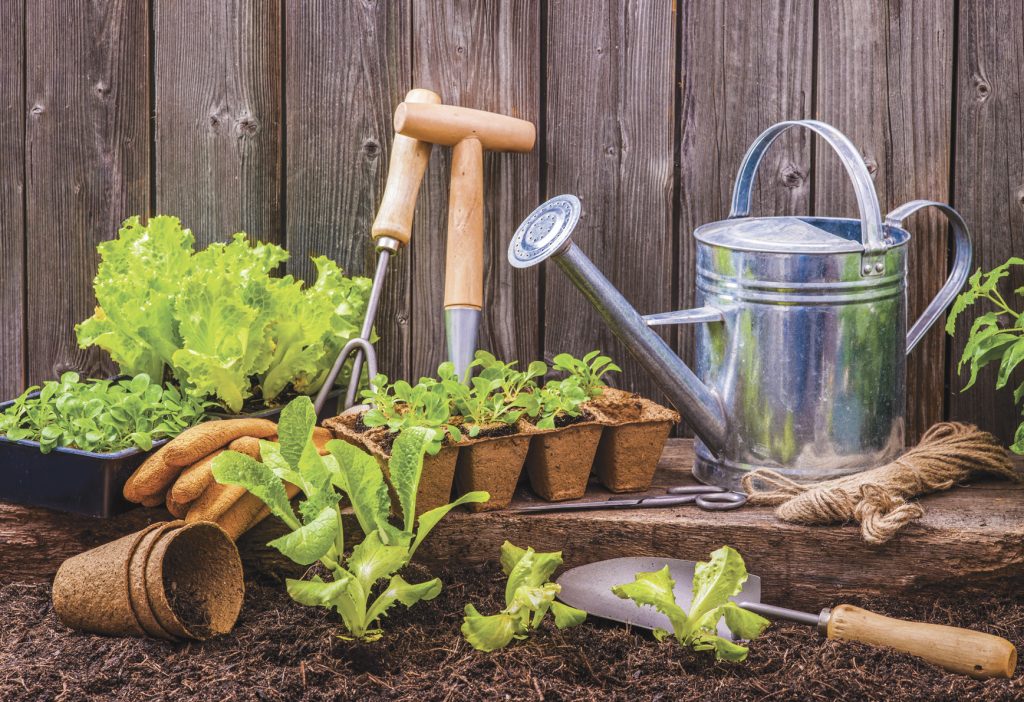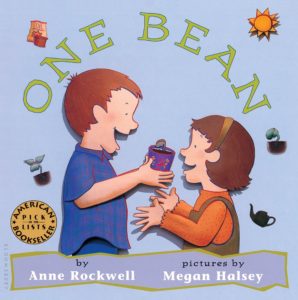
|
Anne Rockwell’s One Bean (Walker Children’s Books, 1999) is a simple science book in which a kid sprouts a bean on a wet paper towel, plants it in a cup, and raises a bean plant. Pair this one with a packet of bean seeds. For ages 3-7. |
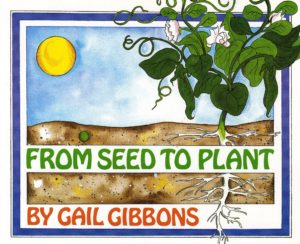
|
Gail Gibbons’s From Seed to Plant (Holiday House, 1993) is a straightforward explanation of how seeds grow, variously covering pollination, seed dispersal, germination, development, and growth. Included are instructions for growing your own bean plant. The text is somewhat dry, but the illustrations are bright and appealing. For ages 4-8. |
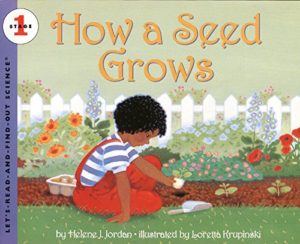 |
Helene J. Jordan’s How a Seed Grows (HarperCollins, 1992) in the popular Let’s-Read-and-Find-Out science series covers all the basics with great comparative pictures of (small) seed and (sometimes enormous) grown plant. For ages 4-8. |
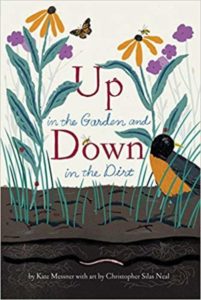
|
Kate Messner’s Up in the Garden and Down in the Dirt (Chronicle Books, 2017) is a lovely exploration of the hidden life of a garden, from leaves and sprouts up on top to burrowing earthworms and insects down below. For ages 4-8. |
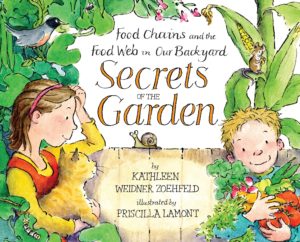
|
Kathleen Weidner Zoehfeld’s Secrets of the Garden (Knopf Books for Young Readers, 2012) traces a family garden from start to harvest, showing its many connections to the food web, all with the informative help of Daisy and Maisy, a pair of knowledgeable chickens. My favorites: the wonderful picture maps variously showing each family member’s plot, the compost bin, the chicken run, and the treehouse. For ages 4-9. |
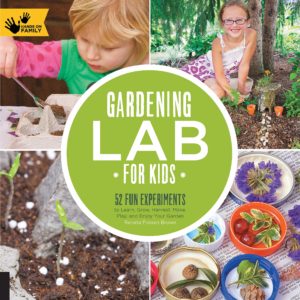
|
Renata Brown’s Gardening Lab for Kids (Quarry Books, 2014) has 52 plant-related activities grouped in weekly lessons. Sections include Garden Basics, Theme Gardening, and Garden Art. For ages 6-12. |
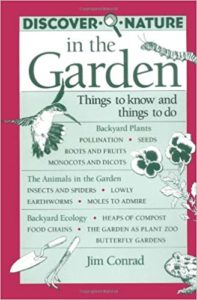
|
Botanist Jim Conrad’s Discover Nature in the Garden (Stackpole Books, 1996) is divided into three major sections, on plants, animals, and backyard ecology, all packed with clear reader-friendly science, helpful black-and-white diagrams, and activities. Topics covered include plant structure and behavior, insect behavior and classification, garden interrelationships, soil chemistry, plant diseases, and garden philosophy. Also included is an informational A to Z list of common vegetables. A good pick for science-minded gardeners ages 10 and up. |
|
|
From the San Francisco Exploratorium, The Science of Gardening has informative videos and interactive features on all aspects of gardening, from compost and dirt to hydroponics, pumpkin competitions, and the history of vegetables. |
|
From the 4-H, Afterschool Agriculture has a large collection of downloadable activities on agriculture and plants. |
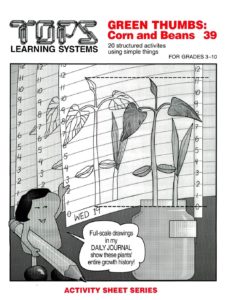
|
TOPS Learning Systems publishes excellent science activity units in which kids build scientific equipment from simple (really) household materials, conduct substantive experiments, record data, and maintain lab journals. In the Life Science series, “Green Thumbs: Corn and Beans” (recommended for grades 4-12) and “Green Thumbs: Radishes” (recommended for grades 3-8) cover plant growth, tropisms, photosynthesis, and more. |
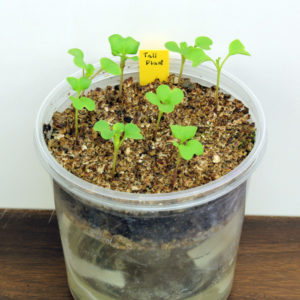 |
The Wisconsin Fast Plants Program centers around rapidly growing Brassicas – cabbage relatives – that go from seed to plant to seed again in a mere 30 days. Visit the website for more information, activities and educational resources (for elementary- to college-level students), and seeds and supplies. Various Fast Plants projects cover everything from plant life cycles to genetics. |
|
Can a rooftop garden keep a building cool? Science Buddies has background information, resources, and complete instructions for a cool and interesting experiment. |
|
Grow a mold garden! Science Project Lab has instructions, information, and dramatic photographs. |
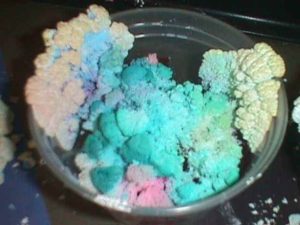 |
How to Grow a Charcoal Crystal Garden has instructions for growing a crystal garden (on charcoal briquettes). |










